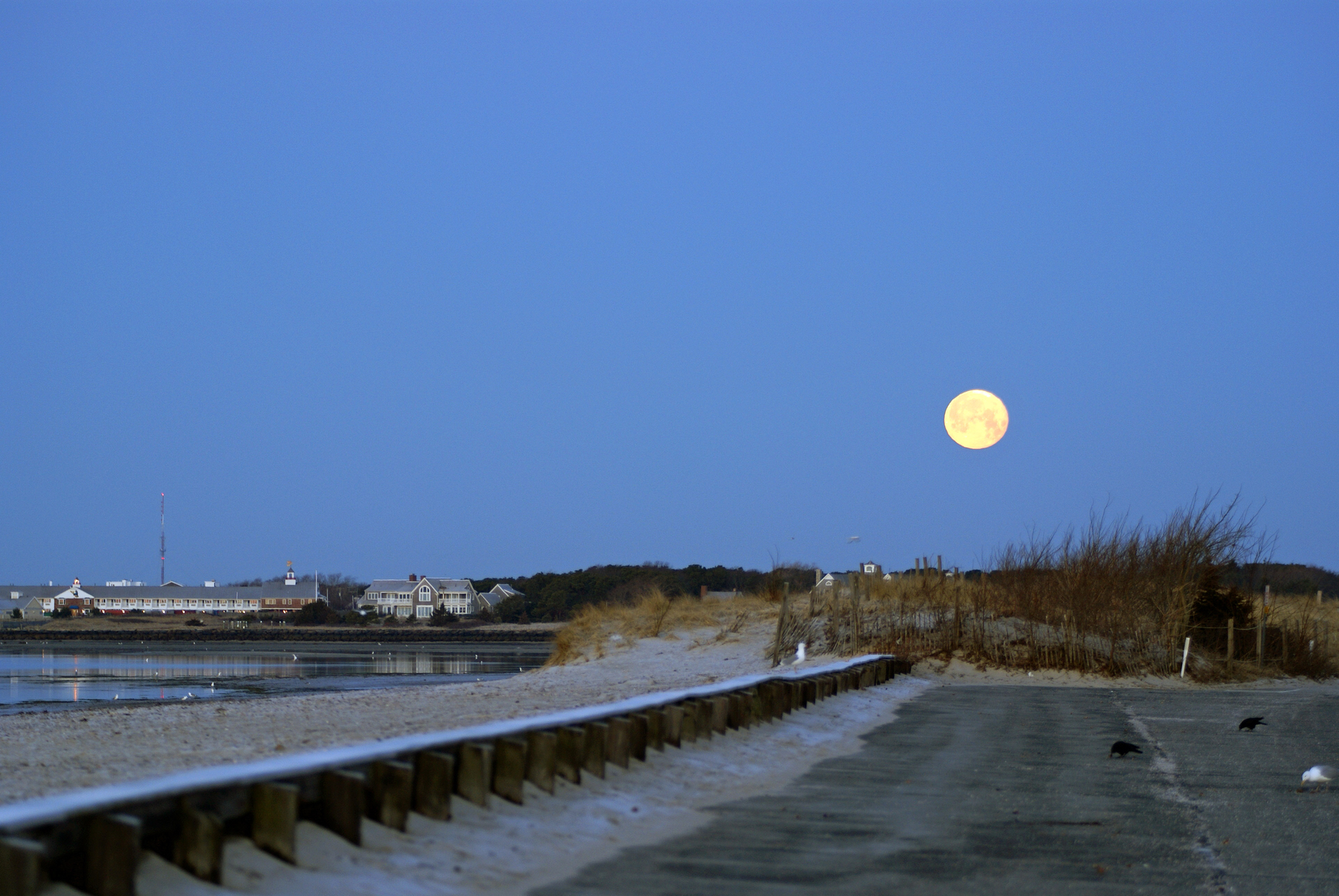Ever wonder where the expression “Once in a Blue Moon” comes from? First, you need to understand how modern calendars work and how lunar and solar cycles affect them.
Moon Calendars vs Sun Calendars
The average time between new moons and full moons is 29 days, 12 hours, and 44 minutes. Multiply that by 12, or the number of months in today’s Gregorian calendar (which replaced the Julian calendar in most parts of the world), and you get 354 days, 8 hours, and 8 minutes.
Here’s where it can get confusing. While the lunar calendar is based on the 354-day “year”, our current calendar year is based on the sun, since it crosses the equator at the same time each year, driving the seasons.
Blue Moons Are Rare
Where are we going with this? Well, every three years or so, about a month of unaccounted for lunar time passes, and we get an extra full moon on the calendar. When we get a fourth full moon in a season, which happens 7 out of every 19 years, we call the third one a Blue Moon. Where the “blue” comes from exactly is debated, but it may stem from an element of absurdity or impossibility because the moon appearing blue does not occur naturally.
Why the third moon? That has to do with Maine farmers and the famous Farmer’s Almanac of the late nineteenth century. The farmers called the seasonal moons early-, mid- and late- moons, and by naming the third moon as the Blue Moon, it kept this system in place.
The 2023 Blue Moon
More recently, people have switched to proclaiming that the second full moon in a month is the Blue Moon. Over time, it has become part of our culture to think of it this way instead—and that’s exactly how folklore begins.
So, when you hear the phrase “once in a Blue Moon”, it reflects the rarer occurrence of this extra moon. And no, the moon does not appear blue in the sky.
This year, we saw a full moon on August 1 and will see the Blue Moon on August 30. What’s more, the Blue Moon will also be a super moon and appear larger in the sky.
Mass Audubon's Outdoor Almanac
Full moons and other natural phenomena are tracked in Mass Audubon's monthly Outdoor Almanac. Read, download, or print your copy of the almanac to stay up to date on what's going on in the natural world.
Stay Connected
Don't miss a beat on all the ways you can get outdoors, celebrate nature, and get involved.



